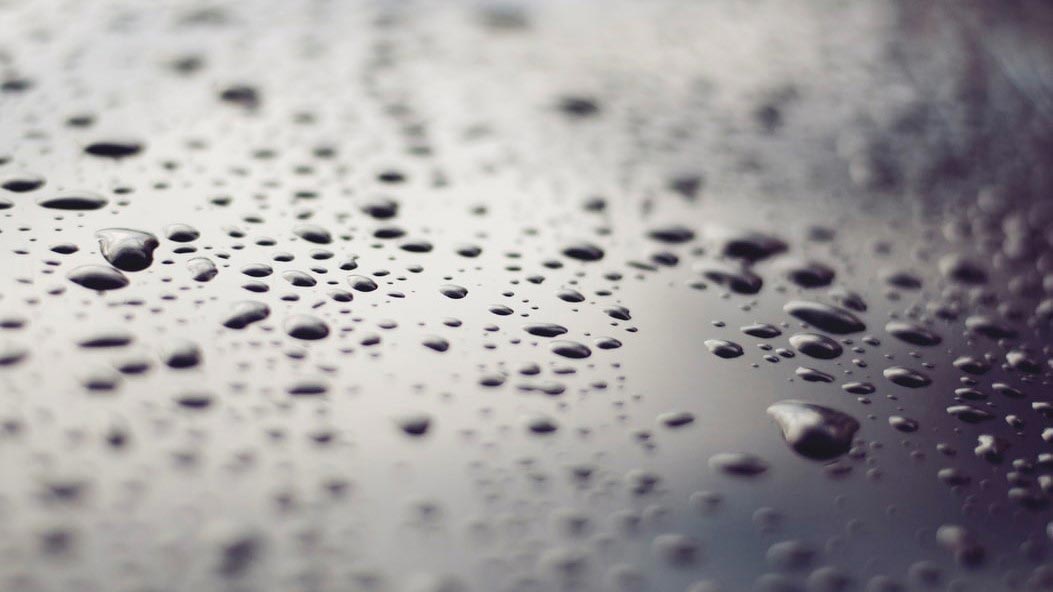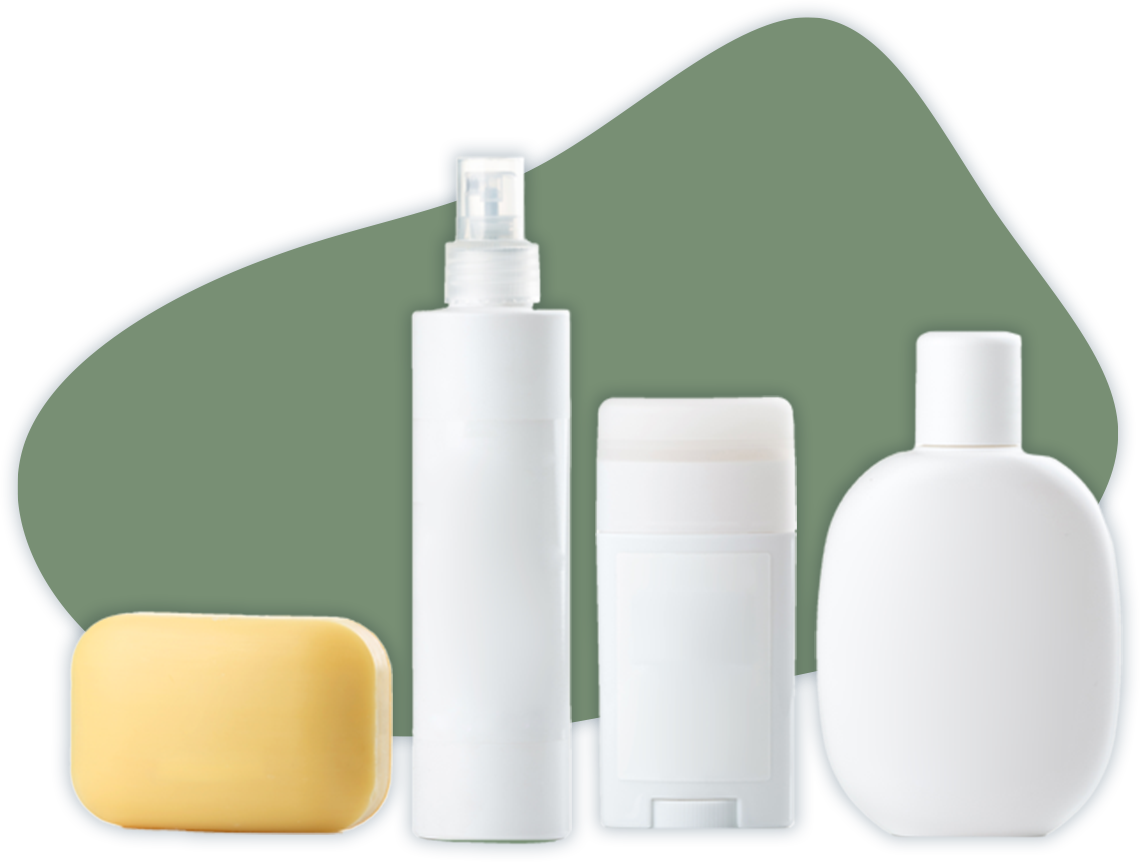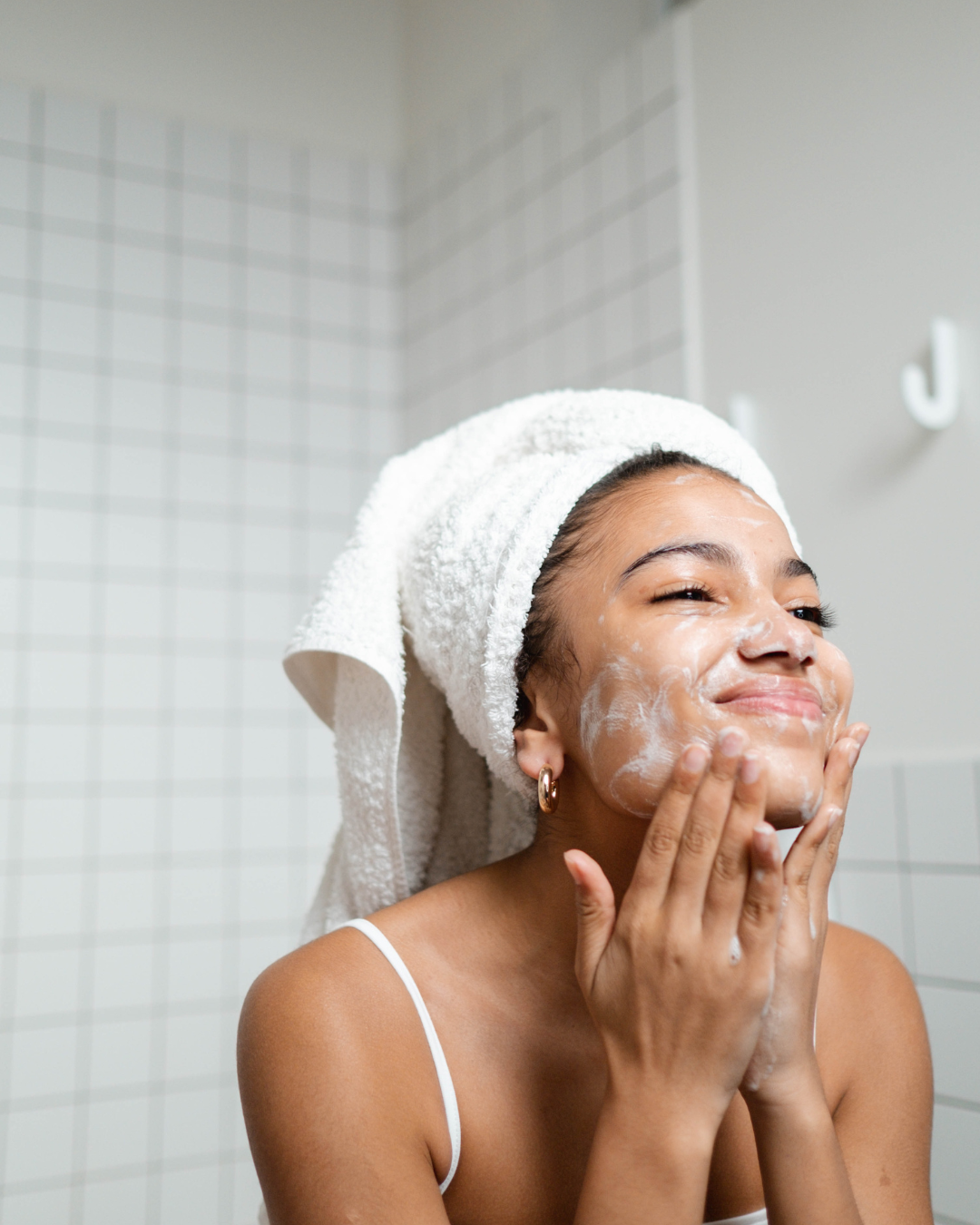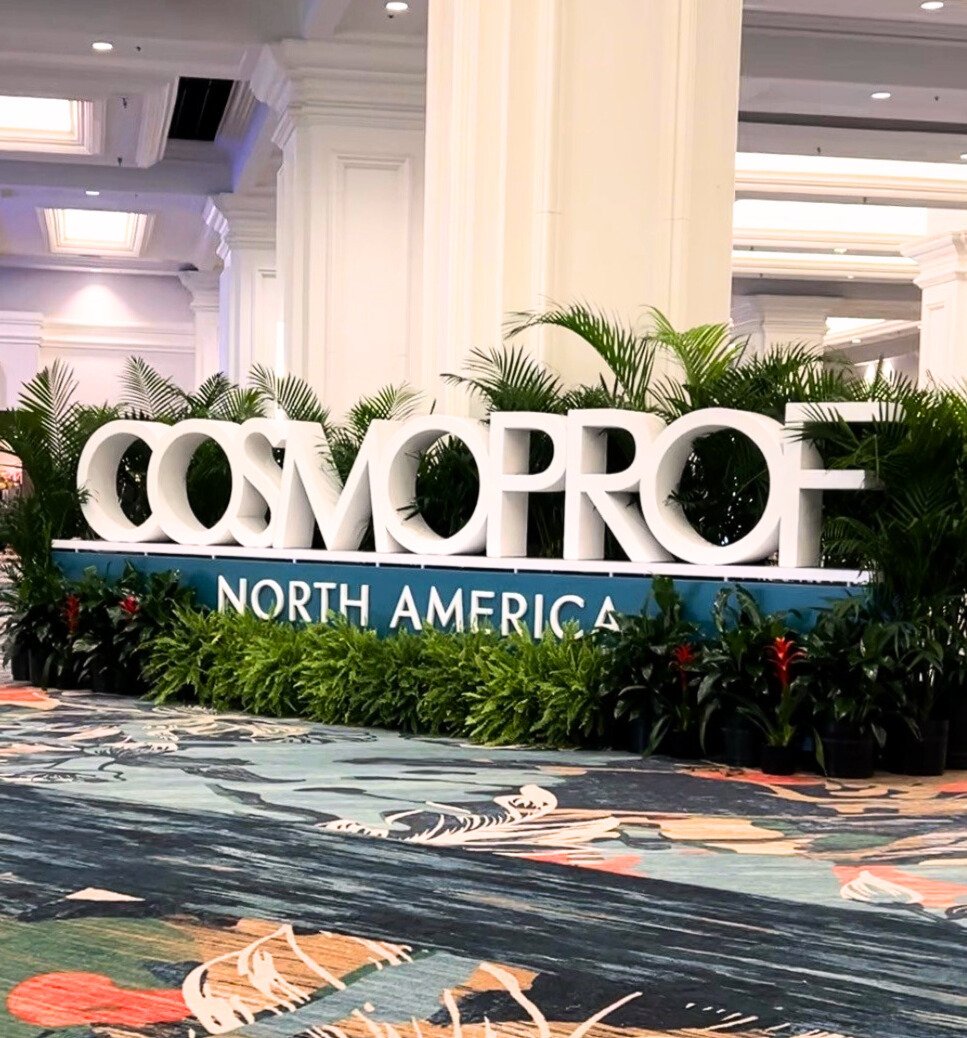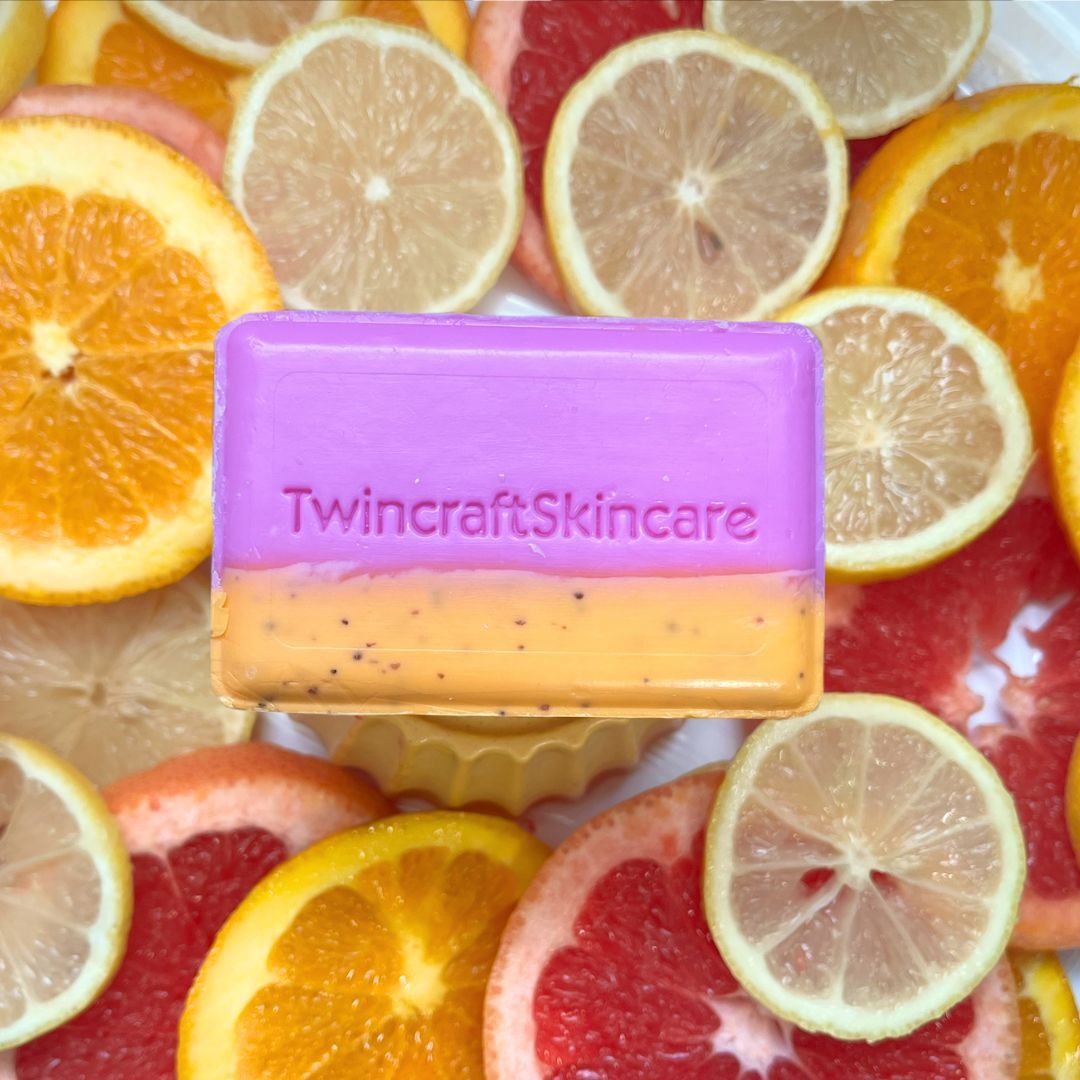Soap sweating is a common problem for soap makers. Whether your brand is making a small batch of hand cut soaps or manufacturing thousands of bars, it is important to understand what causes soap sweating and how to avoid it to create a high quality finished good.
What Is Soap Sweating?
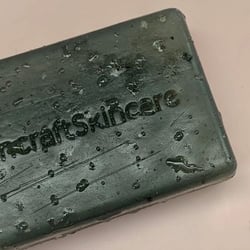 Soap sweating is the result of the interaction that occurs between moisture in the air and humectant ingredients in a bar of soap.
Soap sweating is the result of the interaction that occurs between moisture in the air and humectant ingredients in a bar of soap.
What Are Humectants?
Humectants are common moisturizing ingredients in the bar soap and skincare space that promote the retention of water, and attract and retain moisture from the air into or beneath the item’s surface.
Common humectants in the natural personal care space include glycerin, aloe vera, honey, and hyaluronic acid, the presence of which can cause the phenomenon that we call soap sweating. In chemistry, this is similar to synerisis, which is the term that describes liquid oozing out of gels or common food products, such as jams or yogurt.
Common Humectants in Skincare & Bar Soap:
- Glycerin is a compound made from natural or artifical ingredients, such as vegetable oil. It provides moisturizing and healing qualities to the skin becuase of its humectant properties. It can also be used as a demulcent agent, which means that it can relieve inflammation. In soap base manufacturing, glycerin is a byproduct of the saponification reaction, which is why it's so prevalent in our soap products.
- Aloe vera is a botanical ingredient that has long been recognized for its skincare benefits, which include skin soothing and hydration, and is often featured in after-sun care. It is available in many formats, including as a powder, gel, oil, and extract.
- Honey is produced by bees and has excellent natural moisturizing, antibacterial, and anti-inflammatory properties.
- Hyaluronic acid is a natural polysaccaride that occurs in various tissues in the body, and it is produced with biotechnology for use in personal care products to deliver a superior tactile experience and immediate skin revival after application. Sodium hyaluronate is a smaller version of hyaluronic acid, which allows it to better penetrate the skin, and both are featured in skincare and bar soap.
How to Avoid Soap Sweating
For soap to sweat, water must be available in the surrounding air. The humectants in the product attract moisture from the air and droplets of water form on the surface of the soap, creating a visual and tactile experience to resemble that of sweat appearing on skin.
Soap sweating does not harm the soap, but it does create a slimy surface that can be visually unappealing and is unpleasant to touch. Humectants play a critical role in bar soap formulation, as they provide moisturizing benefits that offset the potentially drying effects of an effective soap base, so we work closely with our customers to advise them on formula decisions that would impact soap sweating, and help them to avoid it.
Formulation Options
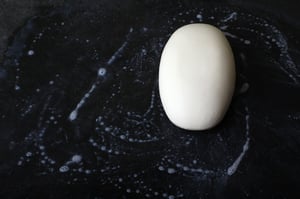
To make a bar soap that leaves the user’s skin feeling supple and soft, we must include moisturizing ingredients in its formulation.
Skincare moisturizers fall into two categories: humectants, as previously discussed, and emollient ingredients. Emollient ingredients are wax-like, buttery thickening agents that prevent water loss and help to treat and condition the skin. Plant oils, shea butter, coconut oil, cocoa futter, and other fatty acids are all common emollient ingredients in bar soaps.
Our bar soap formulation experts have found that both types of moisturizers should be present in the product for the best user experience. It is difficult to completely avoid the presence of humectants in a product, as some soap bases can also have humectant properties. If soap sweating is a major concern for a customer, we recommend selecting packaging options that prevent moisture from collecting on the surface of the soap.
Packaging Options
Packaging a bar in airtight packaging is the best way to prevent soap sweating. This maintains the integrity of the soap and doesn’t allow the surrounding moisture in the air to interact with the finished good.
At Twincraft Skincare, we have two different packaging options that are compatible with our capabilities and prevent soap sweating: doboy and crease wrap. Both options use a thin plastic barrier to create an airtight seal around the bar.
Sustainable Bar Soap Packaging
Bar soap is a sustainable choice for shoppers who want to reduce their single-use plastic consumption, as this product category does not require the same excessive packaging that liquid body washes or shampoos do. The shampoo bars that we can manufacture at our facility do have a propensity to sweat, though, and we encourage brands to use either a doboy or crease wrap option to protect the bar as it journeys from our warehouse to store shelves, and finally, to the consumer’s home.
For sustainably oriented brands who want to develop an extruded shampoo bar product with us, it’s important to focus on the plastic reduction story of this product: the plastic barrier used to wrap and protect a shampoo bar manufactured at Twincraft Skincare uses 1% of the plastic that a 16 oz shampoo bottle does.
To learn more about bar soap, packaging options & our manufacturing capabilities, please contact our Sales Team.

